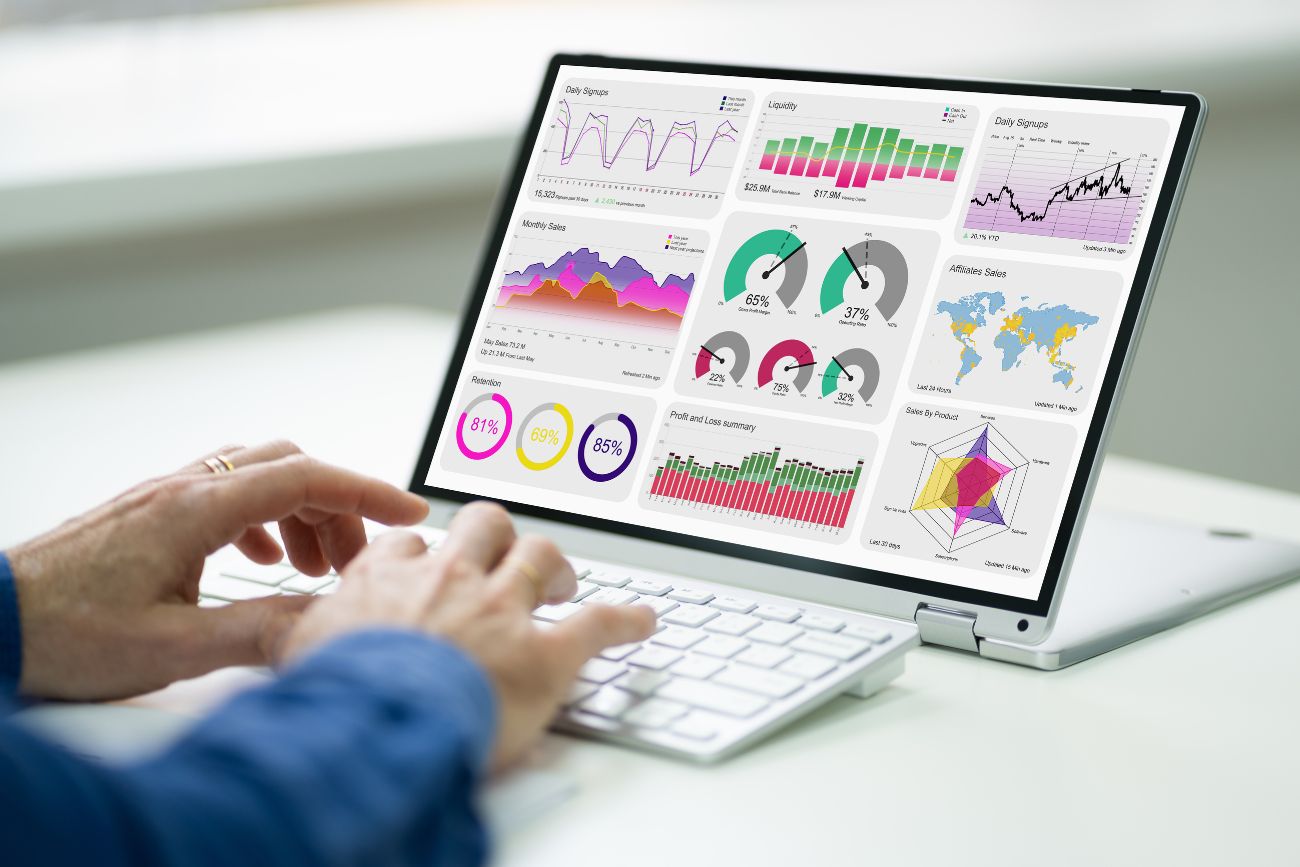What is local SEO and why do I need it?
If you have a local business, it’s important your business appears in the “local pack” on the front page of google when searchers are looking for your brand name or search terms relating to your business (see example below).
Here are 5 tips to kickstart your local SEO.

Step 1: Add or claim your Google My Business Listing
This is the foundation of local SEO. Google My Business is your free google business listing and when you add your business details your business will appear in the following places:
- Google maps
- Local search results (local pack)
- Google +
Top tips for optimizing your listing
- Make sure you choose a category(s) that best fits your business (you can have multiple categories)
- Add quality images of your business / products
- Verify your business listing (you will be prompted to do this)
- Add your opening hours (don’t forget to add the days your business is closed (eg public holidays)
Here’s the link to the Google My business home page so you can get set up.
Step 3: Consistent Name, Address & Phone (NAP)
This is known as a citation: an online reference to your business name, address and phone number. It’s important this information is displayed in exactly the same format throughout the internet. Copy the way it’s displayed in Google My Business when adding your business details to other places on the web (eg your website, directory listings, other websites and social media).
Step 4: Online Reviews
Encourage your customers to leave reviews. This is especially important with google reviews. A few google reviews go a long way to help boost your listing. Check out your competitor’s reviews and set a goal to improve on your competitors (always remember it’s quality, not quantity and don’t try and hack the system with fake reviews). Google will also take into account reviews from other websites.

Step 5: Mobile Friendly Websites
A high percentage of your local search volume will come from mobile devicdes (smartphones and tablets). Google priortises website in the search results that are mobile friendly. Make sure your website is “responsive” which means designed so it adapts to mobile, tablet and desktop formats.
If you’re not sure, run your site through google’s Mobile Friendly Test.
Keywords are also an important part of any SEO (local or organic search). However they deserve a blog post of their own. So tune in next week for our Keyword Research 2017 blog post.








